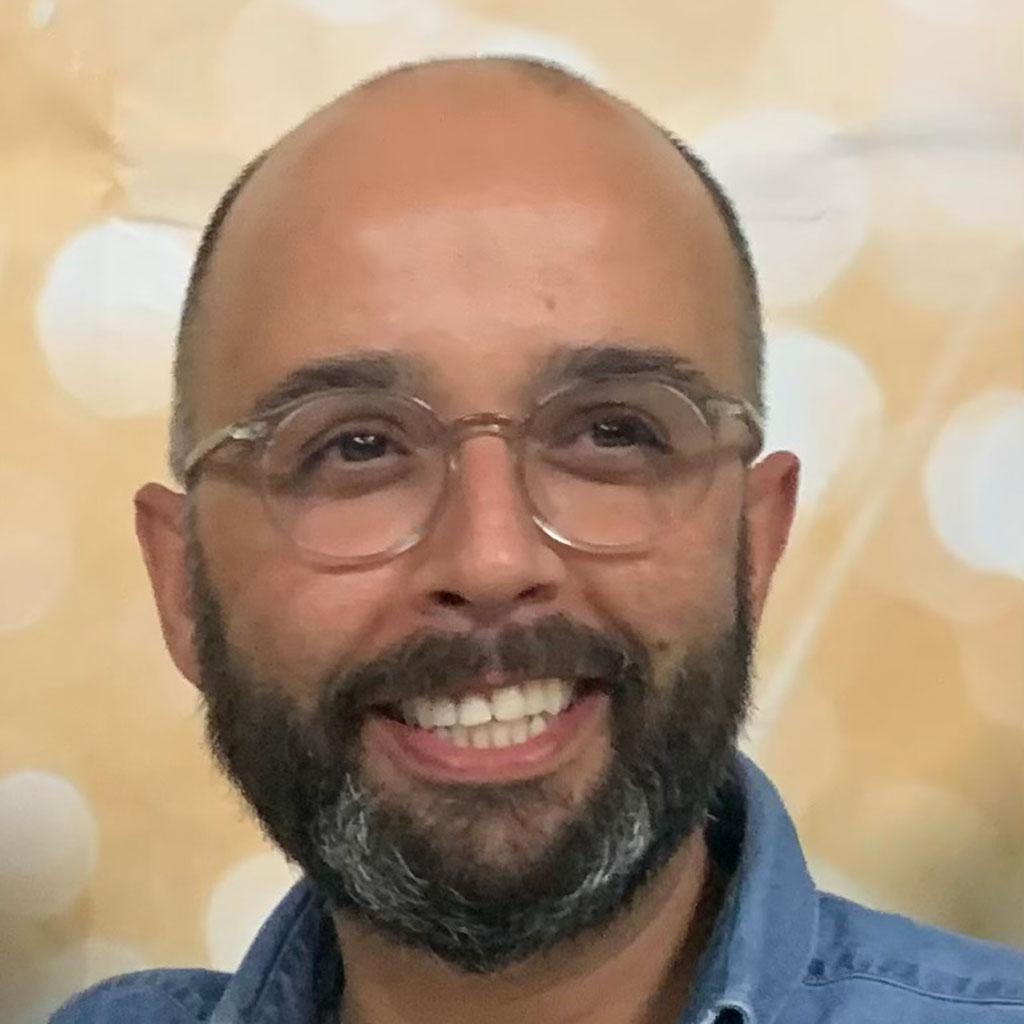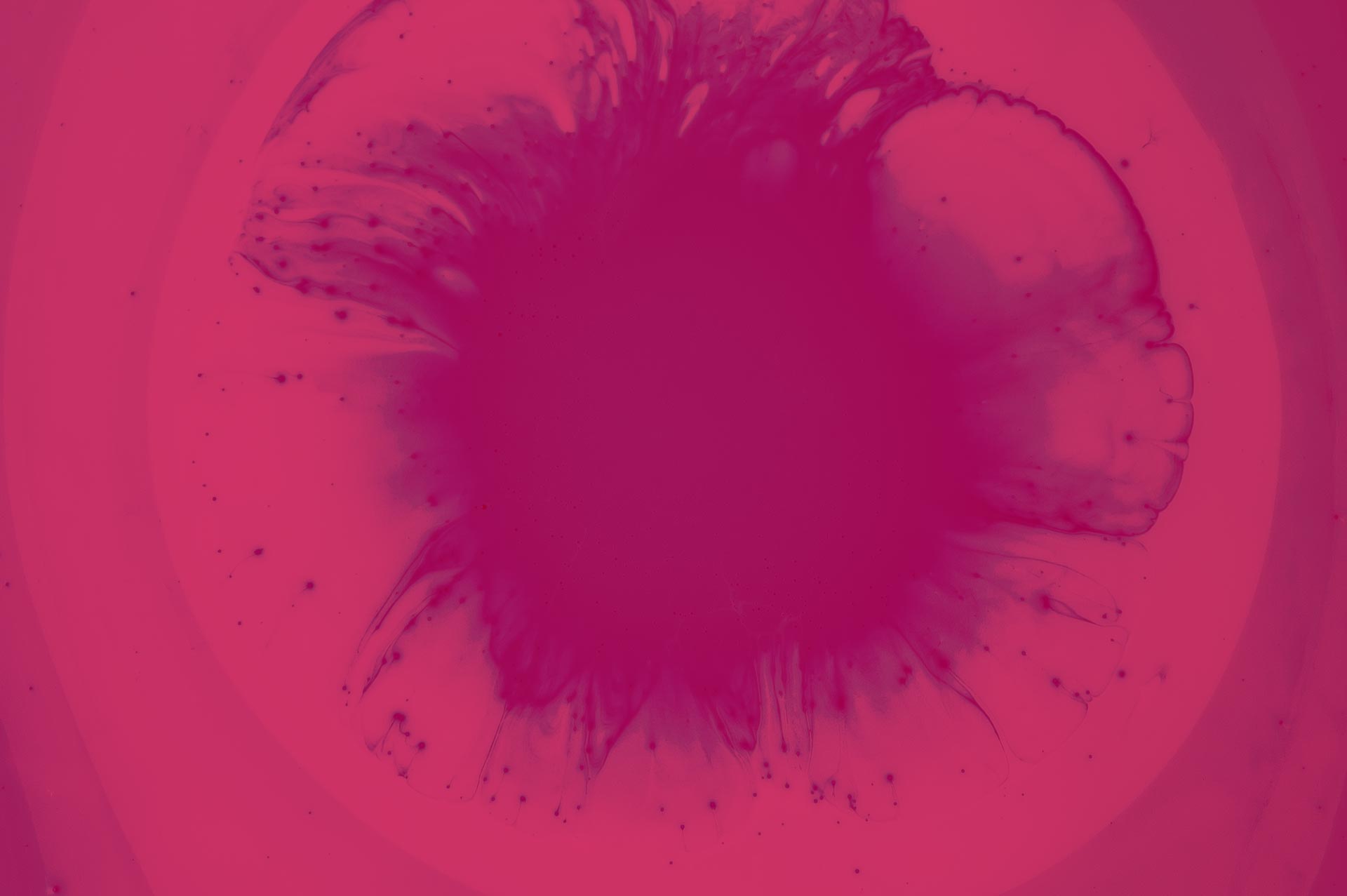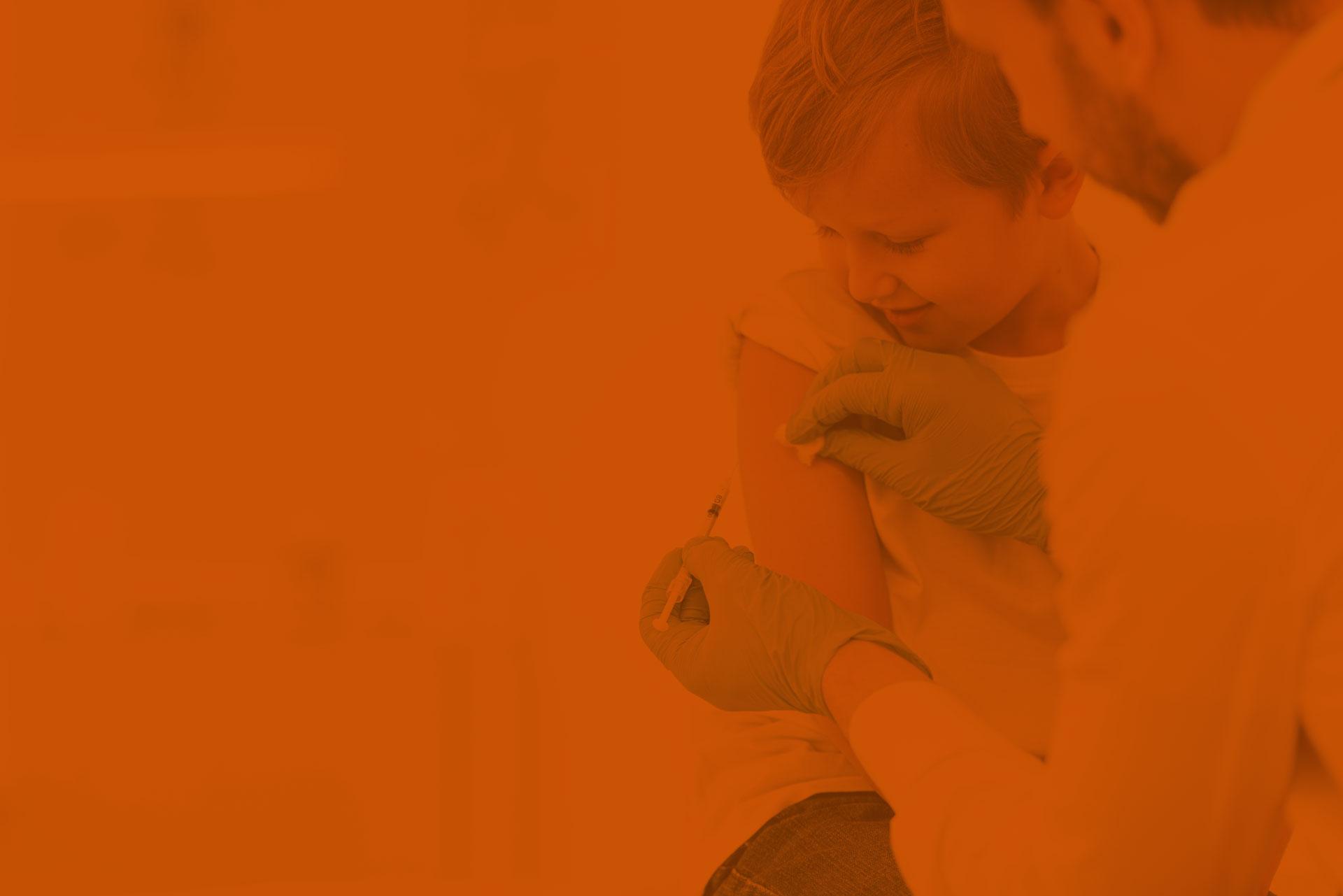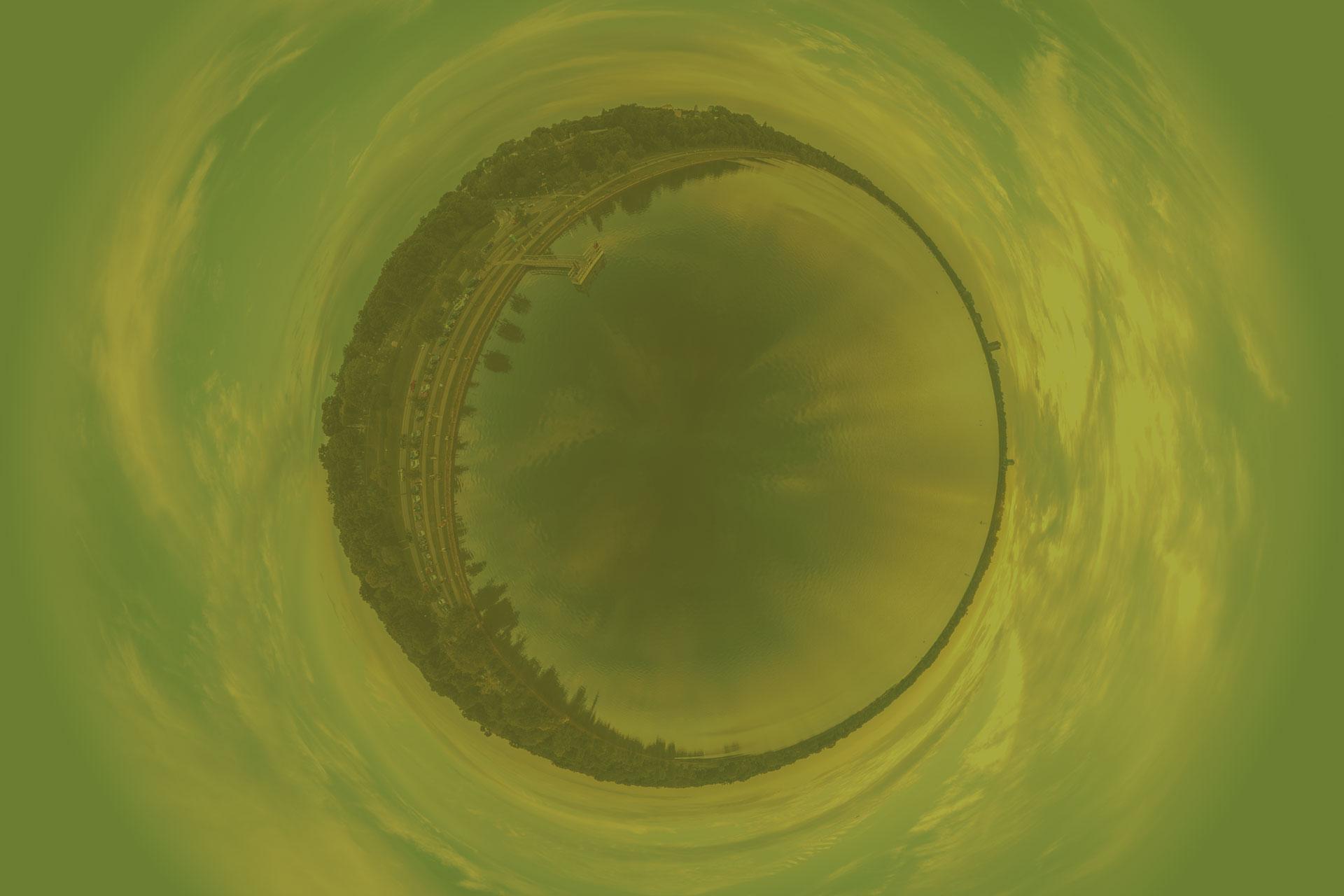Duration: 2024/01/04 – 2026/03/31
Coordinators: Vítor Matos & Carina Marques
Partner Institutions: The University of Texas Rio Grande Valley – Edinburg Campus, United States; Universidade de Coimbra, Portugal; Centro de Investigação em Antropologia e Saúde -Universidade de Coimbra, Portugal
Financial support: National Science Foundation, United States
Reference: NSF Award Number 2341415
Duration: 2015-2021, 2023-2029
Abstract: The Cueva de La Dehesilla is an archaeological site located in the Sierra de Cádiz (Southern Spain) with great scientific results and expectations. The first archaeological explorations began in 1977 and 1981, when professors Pilar Acosta and Manuel Pellicer, from the University of Seville, carried out the excavation of two archaeological probes that documented a sequence of human occupation from the Ancient Neolithic to the Copper Age (Acosta and Pellicer, 1990). Since 2015, a new General Research Project called “Cueva de La Dehesilla: Archaeological and palaeoenvironmental study for the knowledge of the prehistoric human occupation of the Sierra de Cádiz” has been carried out. This project is directed by Professor Dr. Daniel García Rivero, attached to the Department of Prehistory and Archaeology of the University of Seville. The project has recently been renewed and is expected to run until 2029. This project is made up of professors and researchers from numerous national and international universities and research centres, and is fortunately offering a notable amount of highly relevant results for a new impulse in the knowledge of the first peasant and livestock populations of the southern Iberian Peninsula and, by extension, of the western Mediterranean.
Coordinator (PI): Daniel G. Rivero (University of Seville, and CIAS)
Participants: Cláudia Umbelino (CIAS)
Financial support: University of Seville; Research Centre for Anthropology and Health (CIAS), University of Coimbra; Ministry of Science and Innovation, Government of Spain (I+D+i projects
Reference: PGC2018-096943-A-C22, and PID2022-137946NB-I00.
Duration: 2023-2027
Abstract: The core mission of NeoProModels Project is to research evolutionary cultural patterns within the context of the Neolithic process throughout the South of the Iberian Peninsula. The main goal is to tackle several major questions about continuities and discontinuities over space and time focusing on population thinking and the notion of cultural transmission. Evolutionary archaeology has become a powerful theoretical tool to gain knowledge on human behaviour. It can help us to formulate precise contextual explanatory models for one of the most important phenomena in human history: the origin and expansion of the farming way of life. This project will place the emphasis on identifying histories of cultural transmission within long-term dynamics of cultural change (ca. 5600-4000 cal BC). The project focuses on the Andalusian region within the wider sphere of the western-most regions of the Mediterranean and the Atlantic façade of the Southwest of the Iberian Peninsula. It will address historical questions related to the processes of Neolithisation in the different contexts of human populations.
Coordinator: Daniel García Rivero (University of Seville, and CIAS)
Participants: Cláudia Umbelino (CIAS)
Financial support: Ministry of Science and Innovation, Government of Spain
Reference: PID2022-137946NB-I00
Duration: 01.2023 – 01.01.2026
Abstract: This project represents the first study to rely on the articulation of six disciplines (osteology, archaeology, history, chemistry, paleoparasitology, and genomics) to better understand the health of the military in the past and how they were cared for. The results of this research will be an important new asset to historians who study the military, science, medicine, and care offered to diseased people by providing them not only new data to work with but also new methodologies and sampling strategies.
The study of human remains provide a direct window into the life of past populations, specially when combined with other methodologies. The osteological analysis allows to reconstruct the biological (sex, age at death, stature…) and health (diseases, signs of physiological stress…) profile of the individuals and select key skeletons to whom it would
be relevant to perform other types of analysis. Recently, methodologies developed from different fields have been more frequently applied to social sciences such as history. DNA analysis, for example, may identify pathogens responsible for diseases such as plague and influenza, as well as relate a specific disease to vague symptoms descriptions in historical records and ambiguous skeletal lesions. Stable isotopes and trace elements provide information about the people’s diet and possible dietary changes, migrations, and medicament intake. Parasitology can also be effective in reconstructing dietary habits and cooking techniques, additionally to identifying parasites that could affect the individual’s health.
The multidisciplinary team in this project combines various expertise (from natural sciences to humanities) that will work together to achieve the research objectives: 1) Identify parasites and pathogens affecting the soldiers’ health; 2) Relate mass graves to possible epidemics; 3) Identify medication intake and treatments; 4) Better understand hospitals and medical care; 5) Better understand military life.
Knowing that health can be reflected in skeletal indicators of physiological stress and skeletal lesions, this project combines osteological, archaeometric and historic analyses to investigate the relationship between diet, health, and treatments in military hospitals in the 17th and 18th centuries. This study will give a better understanding of medical care in historic periods by providing a direct timeframe difference between before, during and after the disease. It will be possible, for example, to know how mercury was used to treat diseases in Portugal: which diseases were treated this manner and if these treatments were frequent. The study will rely on an osteological collection (made of 947 individuals) associated with the Military Hospital of São Jorge Castle in Lisbon, used from the 17th to the 18th centuries. Historical and archaeological records will be compared with osteological, genetical, chemical, and parasitological data to reconstruct the individual’s life, where they are from, their diet before and after the hospitalization, the diseases and parasites that affected them and the use of substances such as mercury as treatment. Hazard models will be used to assess differences in survivorship and survivor/non-survivor analysis to assess differences in lesion frequency and severity between the different phases of the graveyard. This project follows the research funded by the University of Kent 50th Anniversary Scholarship carried out by the PI. During that project, the PI developed the novel sampling strategy, key for the current project’s success, and became a reference using biochemical analysis to study the synergy between diet, health and metabolism in past populations. The previous research developed by the co-PI, a historian with vast experience studying health and medical care, will allow us to historically frame the data collected from the different disciplines in this project.
Coordinator: Ana Rita Quito Curto
Participants: Sofia Wasterlain (CIAS), Ana Amarante (CIAS), Liliana Matias de Carvalho (CIAS)
Partner institutions: Universidade de Évora, Laboratório HERCULES – Herança Cultural Estudos e Salvaguarda, Centro Interdisciplinar de História, Culturas e Sociedades, Universidade de Coimbra, Centro de Investigação em Antropologia e Saúde, Universidad Complutense de Madrid – Departamento de Medicina Legal, Psiquiatría y Patología, Universidade de Lisboa, Centro de História, Chrono-environment laboratory – Université de Bourgogne Franche-Comté, EON, Indústrias Criativas Ltda
Financial support: Fundação para a Ciência e Tecnologia
Reference: 2022.03576.PTDC
Duration: May 2023 – April 2025
Abstract: Climate and socio-cultural changes are major ongoing concerns in our modern societies, their impacts on past populations are also central to understand the evolution of the human species, its resilience, and its capacity to adapt to new environments. 8200 years ago, the Mesolithic populations (hunter-gatherers) from Portugal faced a climatic event that profoundly changed their environment in a similar way to what is expected to happen in the next decades. In addition to these challenges, they were also confronted with
the arrival of migrating Neolithic populations introducing farming, plant and animal domestication, and sedentism, gradually leading to the disappearance of the hunter-gatherer nomadic way of life.
MUGE project aims to unveil the life story of the last hunter-gatherers from the Tagus valley (Muge village) in Portugal and to understand whether the environmental, and socio-cultural changes during the Late Mesolithic (ca. 8200-7100 cal B.P.) impacted the composition and health of these past populations. Discovered 150 years ago and representing the largest European anthropological collection for the Mesolithic (more than 250 individuals), humans from Muge are still poorly studied from a biological perspective because of the state of preservation of the skeletons. Cutting-edge imaging techniques will allow us to correct the taphonomic alterations and go into great detail in the analysis of skeletal remains, providing crucial information about the biological profile of the individuals (age-at-death, sex, etc.), the structure of the populations, and their health status.
With more than 1000 years of occupation, Muge furnishes an ideal skeletal sample for exploring changes in health status through time and between sexes, adults, and non-adults but also between sites and understand the impact of each change on these populations. This project is the first to combine both palaeodemographic, palaeopathological, and palaeoimaging approaches to the Muge populations.
Coordinator: Dany Coutinho Nogueira (CIAS)
Supervisor: Cláudia Umbelino (CIAS), Ricardo Miguel Godinho.
Financial support: European Research Area (ERA) fellowship, HORIZON-WIDERA-2022-TALENTS-02-01, European Commission, 156 778.56€
Reference: 101090304 — MUGE — HORIZON-WIDERA-2022-TALENTS-02
Duration: 2023-2024
Abstract: Amber is a fossil resin that has had a social value since the Upper Paleolithic. This is due to its unique natural characteristics, which have made it widely used and socially valued throughout prehistory, especially as a decorative and as a symbolic element. The Baltic coast and Sicily are the main natural sources of amber exploited in prehistory. Since the beginning of modern research, the presence of amber outside these regions has been used as an indicator of the existence of long-distance exchange networks (de Navarro, 1925), and consequently amber has been considered an exotic and prestigious material. On this basis, a solid tradition of research has been established to identify the origin of amber objects (Beck, 1995; Beck et al., 1965, 1964; Beck and Hartnett, 1993), which has led to the identification of spatiotemporal patterns of their consumption. The characterization of prehistoric amber ornaments has been extensively addressed in recent years (Murillo-Barroso et al., 2018; Murillo-Barroso and Martinón-Torres, 2012; Odriozola et al., 2019b), given the strong tradition of studies on this raw material of high symbolic value.
Fourier transform infrared spectroscopy (FTIR) analyses have confirmed long-distance exchange as the main form of access to amber, allowing the identification of two large-scale trends in exchange flows, starting from Sicily in the 4th-3rd millennia BC and swinging to the Baltic Sea from the 2nd millennium BC (Odriozola et al., 2019b). Despite this exogenous trend, in the last decades the focus has also been put on the geological deposits of Iberian amber, with the documentation of different local sources of amber on the Cantabrian coast (Álvarez Fernández et al., 2005; Murillo-Barroso et al., 2018). On the other hand, numerous local amber outcrops remain to be characterized, such as those between the Tagus and Mondego estuaries in Portugal (Peñalver et al., 2018). Despite the acknowledged long-distance exchange of Baltic and Sicilian amber, and the lack of a comprehensive spectral record of Portuguese amber, scientists have recently suggested that Sicilian and Portuguese amber have similar spectral characteristics, compromising origin identification. Consuming local instead of foreign amber would therefore completely change the image of a united Europe.
IberAmber is a project conceived and designed in a multidisciplinary way, using chemical-analytical techniques, classical statistical methods, and more modern approaches such as machine learning to deepen the archaeological knowledge of amber trade and exchange.The principal objectives are to locate amber deposits; To characterize the amber deposits by means of FTIR, GC-MS and 13C-MAS-NMR in order to obtain more detailed information about the chemical composition of the deposits, the aging processes and the botanical origin of the amber; To create a reference spectral library of Portuguese amber;To generate a classification tool by supervised statistical analysis of geological amber;To provide a web application that predicts the origin of archaeological amber artifacts through their FTIR signatures.
In order to create a library of standardized reference spectra for each deposit, IberAmber aims to locate and chemically characterize the Portuguese amber deposits. The standardized reference spectra of the amber deposits will then be used as a fingerprint of the Portuguese amber deposits. These, in turn, will later be compared with the spectra of archaeological artifacts to determine their origin.
Coordinator: Carlos P. Odriozola Lloret
Participants: José Eduardo de Oliveira (FCUL) ; Ana Catarina Sousa (UNIARQ/FLUL); João Daniel Casal duarte (FCUL); José María Martínez Blanes (Universidade de Sevilha);José Ángel Garrido Cordero (UNIARQ/FLUL);
Daniel Sánchez Gómez (UNIARQ/FLUL); Maria Dolores Zambrana Vega (Universidade de Sevilha); Jose Luis Molina Gonzalez (Universidade de Sevilha); Victor S. Gonçalves (UNIARQ/FLUL); Cátia Delicado (UNIARQ/FLUL, CIAS/FLUC)
André Texugo (UNIARQ/FLUL, CEG) e Daniel van Calker (UNIARQ/FLUL).
Partner institutions: Universidade de Sevilha e a Faculdade de Letras da Universidade de Lisboa
Financial support: Fundação para a Ciência e a Tecnologia
Reference: 2022.09207.PTDC
Duration: 2022-2026
Abstract:
Os resultados e dados recuperados através do desenvolvimento do projeto de investigação “Povoamento em Época Romana na Amadora – PERA”, que decorreu entre 2017 e 2021, revelaram-se de grande importância e abriram um novo leque de possibilidades no que respeita à investigação da ocupação humana do atual território da Amadora durante a época romana e a antiguidade tardia.
Nesse sentido, a submissão de um novo projeto de investigação plurianual em arqueologia, pela Câmara Municipal da Amadora/ Museu Municipal da Amadora pretende dar continuidade ao trabalho científico desenvolvido até à data, envolvendo novos consultores de vários ramos da ciência, num projeto que sempre privilegiou os estudos inter e multidisciplinares, iniciando um ciclo de trabalhos que certamente trarão novos dados e respostas sobre a rede de povoamento rural existente nos subúrbios de Felicitas Iulia Olisipo, da qual o território da Amadora faria parte.
Daremos continuidade às ações de escavação e prospeção, a análises de espólios artefactuais, faunísticos e osteológicos, que permitirão perceber a forma como se operou a chegada dos contingentes romanos ao atual concelho da Amadora, bem como o modelo de povoamento e exploração de recursos existente. O estudo de toda esta informação, que sabemos à partida, possuir bastante potencial científico, levará a perceções sobre o economia, sociedade, crenças e paleobiologia da população que aqui vivia possibilitando a procura e criação de paralelos com sítios conhecidos no território envolvente e que integraria o ager da cidade romana de Lisboa.
A divulgação pública dos resultados obtidos continuará a ser uma prioridade, assim como a procura de parcerias e protocolos com outras entidades e pessoas, promovendo ações diversas, tais como, exposições, workshops, palestras, visitas, integração de jovens e voluntários nas escavações e promoção de protocolos e parcerias com instituições de ensino superior, participando na formação e aprendizagem dos alunos dos cursos de arqueologia e antropologia.
Coordinator: Gisela Encarnação e Vanessa Dias (Câmara Municipal da Amadora)
Participants: Liliana Matias de Carvalho (CIAS), responsável científica pela área da bioarqueologia
Partner institutions:
Universidade de Coimbra / Departamento de Ciência da Vida / CIAS – Centro de Investigação em Antropologia da Saúde
Universidade de Évora / Laboratório HERCULES
Universidade de Lisboa / Faculdade de Letras / UNIARQ – Centro de Arqueologia da Universidade de Lisboa
Universidade Nova de Lisboa / Faculdade de Ciências Sociais e Humanas / Instituto de Estudos Medievais (IEM)
Financial support: Câmara Municipal da Amadora
Reference: 2016/1(338) (código de projeto DGPC – Direção Geral do Património Cultural)
Duration: 2022-2024
Abstract:
Coordinator: Pedro Alexandre Soares (Universidade de Minho)
Participants: Ana Maria Gama da Silva (CIAS)
Financial support: Fundação para a Ciência e a Tecnologia
Reference: PTDC/HAR-ARQ/3286/2021
Duration: 2022-2024
Abstract:
Coordinator:
Participants: Ivo Colmonero Costeira (CIAS)
Partner institutions:
Financial support: Primate Conservation Inc., USA; The Genetics Society, UK, Project amount: 5,200 €.
Reference:
Duration: 01/02/2023-31/01/2026
Abstract:
Coordinator: Filipa Cortesão Silva (CIAS)
Participants: Vítor Matos (CIAS)
Partner institutions: University of Seville
Financial support: Junta de Andalucía, Proyectos de Excelencia PAIDI 2020, Convocatoria 2021. Valor: 145.994,50 euros
Reference: ProyExcel_00713




